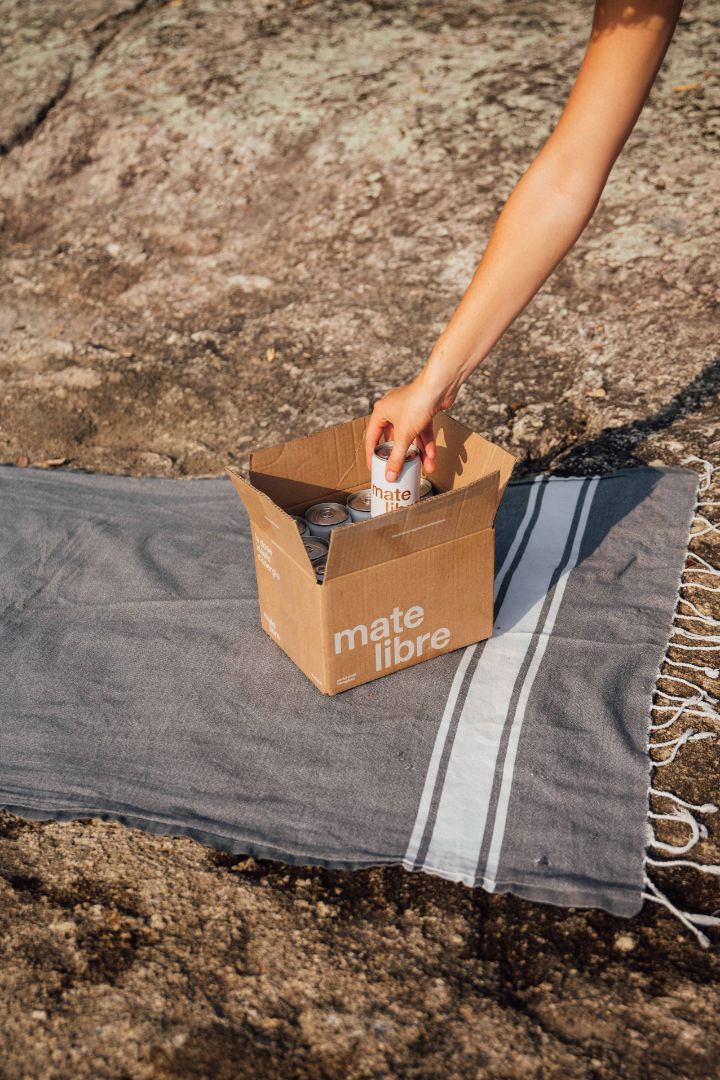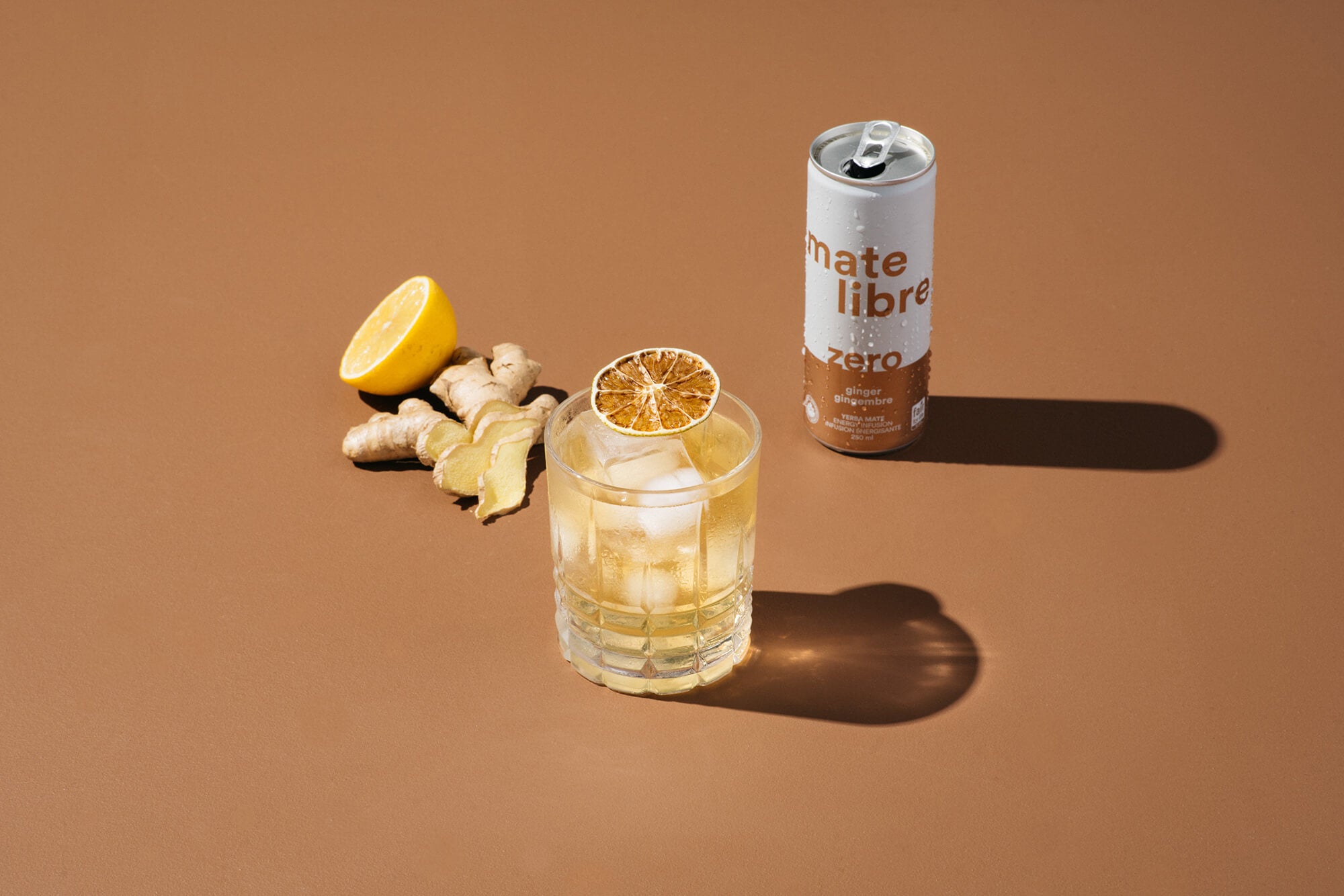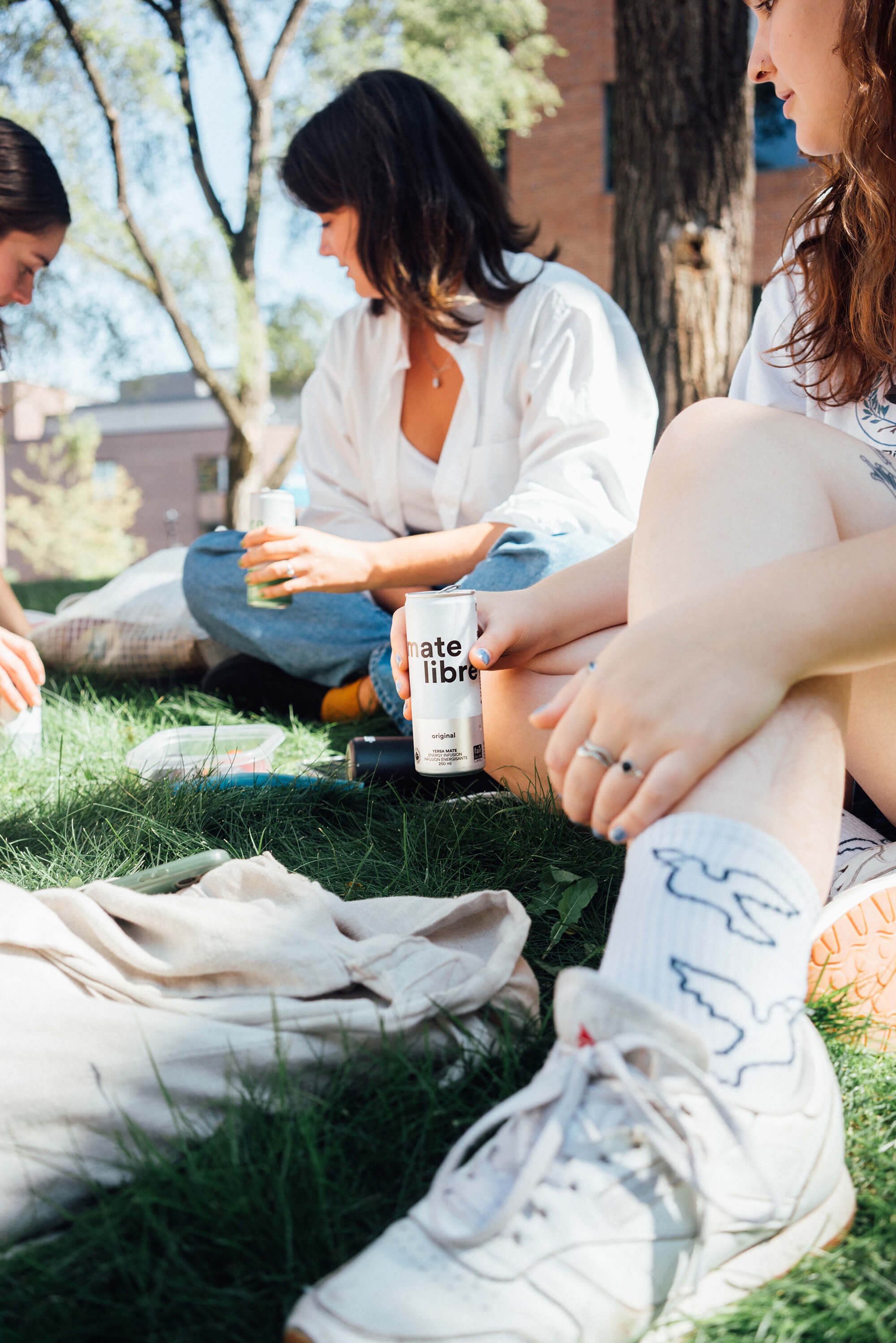
The super-natural energy of the south america rainforests. Yerba Mate Plant ( Ilex paraguariensis)
Ilex paraguariensis, by its botanical name, or yerba maté, is a tree that grows in southern countries of South America, mainly Argentina, Brazil, Uruguay and Paraguay. Yerba mate trees are part of the holly family with leaves that are evergreen. The yerba mate tree has a variety of uses and their leaves are naturally caffeinated and picked and dried for consumption, traditionally infused in a calabash (small container or gourd), using the bombilla (filtering straw) and by adding hot water.
Origins of Yerba Mate
The origins of yerba mate are rooted in folklore. The people indigenous to the rainforests of southern South America referred to it as a "herb from the gods" because of its health benefits and used it in medicines and to increase physical stamina. Natives believed yerba mate was a gift, given to them to sustain life, increase vitality and heal the sick . As a spiritual herb, yerba mate was used for worship and sometimes for religious and other important tribal ceremonies.
Cowboy Coffee
The Argentinian gauchos (cowboys) drank yerba mate drinks because it gave them energy during long cattle drive days. This drink was also consumed when there was a particularly long period of drought or famine and soon became known as "cowboy coffee". Many would drink it in the morning or at night around a campfire and yerba mate gourds would be passed around among friends, who would drink it as they waited for meals to be prepared.
The Unconquerable Yerba Mate
In their conquests to colonize countries across South America, the Spanish experienced the health and energy benefits of the yerba mate leaves and yerba mate infused beverage firsthand. Unfortunately for the Spaniards, unlike coffee or cocoa (the more well-known cash crops the colonizers exported) yerba mate leaves were not easy to harvest. The tree was not a domesticated species and the leaves had to be harvested in forests from wild trees. It took centuries before Europeans could unlock the secret behind how to grow the precious plant. The secret being that the seeds of yerba mate would only germinate when passed through the digestive tracts of specific native birds in the region.
However, before you start searching for rare, South American rainforest birds, here are some tips on growing your own yerba mate plant at home.
Growing a Yerba Mate Tree
Yerba mate trees are usually grown in Argentina, Southern Brazil, Uruguay, and Paraguay and have also been introduced in Hawaii, which has a similar climate. Our fair trade, organic yerba mate is shade-grown under the rich rainforest canopy away from direct sunlight, which allows the leaves to retain more nutrients and minerals. The size of the tree can vary from 25 feet tall to sometimes as high as 60 feet in height!
How to Grow Yerba Mate
Growing yerba mate is not for faint-hearted planters. In fact, yerba mate seeds need to be stratified (or put through a cooling process) prior to being planted and require a great deal of patience taking anywhere from six months to a year to start germinating.
So unless you are a seasoned plant parent, finding a plant cutting might be an easier way to get started. Try to get your cutting later in summer and make sure that it's semi-woody. Before growing them, you'll need to also treat your plant with a rooting hormone which you can easily find online or at your local garden supply store. Some gardeners have had success dipping cuttings into a 50-percent acetone and water solution before using rooting hormone. And it's recommended to stick cuttings in a perlite and peat moss mixture.
Climate & Environment
Because yerba mate plants come from a subtropical region and prefer a humid, hot climate with lots of rainfall, your yerba mate plant will thrive best when temperatures stay above 16 degrees celsius.
If temperatures and humidity in your area are generally high, you can try growing your yerba mate tree outdoors. Otherwise, stick with an indoor plant as it should do well in a pot on your windowsill.
Soil and Water
Your yerba mate plant will live its best life in full sun or partial shade with the right temperature and care and tends to thrive in loose, sandy, rich loamy soil on the acidic side (up to pH6.8.) that absorbs and retains moisture.
Remember, your little tree is used to climates native to countries like Brazil-- so water your yerba mate consistently and do not let the soil dry out!
Pruning your Yerba Mate Tree
Be sure to give your Yerba Mate regular trims since, like your pandemic-lockdown hairstyle, the yerba mate leaves can start to grow outwards.
Where to Buy Seeds and Plants
While many nurseries do not sell the yerba mate seed or plant, some culinary nurseries or nurseries with culinary departments will sell the seeds or plants.
Final Note
While growing a yerba mate tree is not for beginners, the yerba mate leaves and plant have a long and rich cultural history and proven health and medicinal properties. Today, we know that the Yerba Mate is rich in mineral content and packed with antioxidants, anti-inflammatory properties and vitamins like vitamin E, vitamin C. With 24 vitamins and minerals, 15 amino acids and a plethora of polyphenols-- yerba mate provides a lot more than your morning-caffeine buzz. Yerba mate products are a great alternative to your regular flat white, matcha latte, or green tea and provide a variety of health benefits --tried and tested throughout time.




